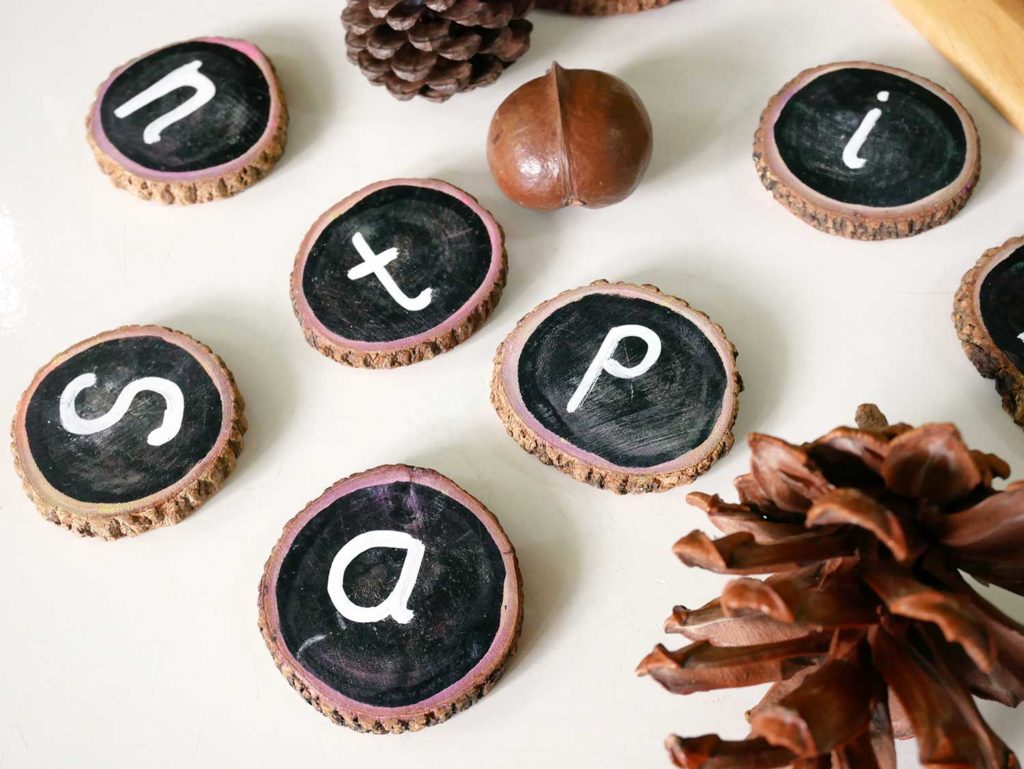Phonics in Bangkok – A parent’s guide to the Curriculum Part 1

In this series of posts we want to cover as much of the basics as possible giving parents an overview of the phonics curriculum, the essential teaching objectives and what the perfect phonics lesson should include. We want to share some tried and tested games that can easily be replicated at home as well as a guide to creating your own games together with you children. We will also share some essential web-based resources to supplement and extend your child’s learning.
What is Phonics ?
Phonics is the term used to describe the learning of phonetics or letter sounds. It refers to the entire curriculum, the order in which the letters and sounds are introduced, the way in which they are practiced, applied and finally assessed.
Phonics has had such a positive impact on literacy levels since its most recent introduction in the British Curriculum that it has barely seen any changes in nearly 15 years. It should be noted that whilst being so hugely successful that there is an extremely small percentage of children that it fails to help. In the 13 yrs that I have been teaching, I have never had any child that it didn’t help to read and write, quickly. Speed is the essence with phonics. There are other methods to teach a child to read and write but none that compare with the shortcut that the phonics system offers.
Why is Phonics so effective ?
Traditional methods to teach reading and writing rely heavily on learning sight words, remembering spellings and learning by rote. Phonics takes a completely different approach. There are a small collection of words that are still taught by sight and need to be remembered (we cal these tricky words), simply because they fall outside of the rules for reading and writing words in phonics. The two differing techniques for teaching a child to become literate are either knowledge or skills based. Traditional methods are arguably 100% knowledge-based, whereby children must learn sets of spellings every week and commit as many as possible to memory. Phonics is predominantly skills-based, and hence the learning ‘short-cut’
A quick example..
Child A learns using traditional methods of memorizing words.
Child B learns with phonics.
Child A is learning the word ‘cat’ this week. But also 9 other animal names which make up a weekly spelling list.
Child B is also learning ‘cat’ this week but the focus is not on animals. Rather the learning objective is words that use the same sounds *- a- t. Child B is able to sound out any words out that end with a-t.
Words such as b-a-t, m-a-t, f-a-t, p-a-t, s-a-t and so on…
Child B has learnt the skill of sounding individual sounds out for reading as well as the skill of ‘segmenting’ (hearing a word and then systematically breaking it into individual sounds.
This is no predetermined list. In fact the teacher should do their best to only ask Child B to read and write words they know the child has never seen before, to test the skill has been learn and to eliminate any chance that the child knows the word by sight or memory.
Whilst Child A has taken 1 week to commit 10 words to memory, Child B has learnt a skill which has given him/her the ability to read or write any (small) word which ends in -a-t.
Furthermore as Child B’s phonics knowledge builds over time. Not only are these decoding (reading) and segmenting (writing) skills transferable they are reinforced in every session or practice. Child B is able to read longer more complex words as and when they learn and practice new skills.
For example it won’t be long until, without any adult support, they would be able to read or write… fl-a-t or ch-a-t or indeed the sentence, The fat cat sat on the flat mat!
(‘The’ is a tricky word by the way, and Child B would have already have learnt this word at the time of being challenged to write the sentence.)
